(NLDO) - The 2.5 billion pixel mosaic recently released by ESA has provided an unprecedented look at the "monster" neighbor of the galaxy containing Earth.
The European Space Agency (ESA) has just released a spectacular new image, an extremely detailed mosaic of countless images recorded by the NASA/ESA Hubble Space Telescope of Andromeda, a neighbor of Earth's Milky Way galaxy.
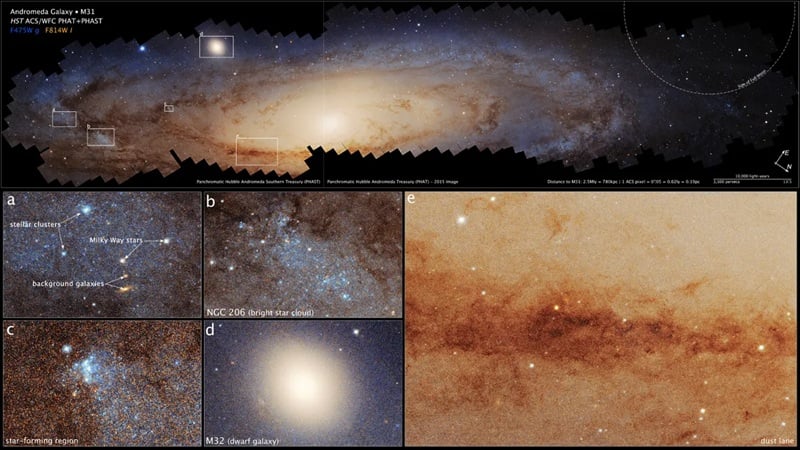
Overview map of the "monster" Andromeda (top) with some enlarged details - Photo: NASA/ESA/UNIVERSITY OF WASHINGTON
In the galactic world , the Milky Way is considered a monster, with its enormous size and countless number of stars, the result of merging and swallowing about 20 other galaxies over the past billions of years.
Not counting the dwarf satellite galaxies, Andromeda is considered the Milky Way's closest neighbor. It is also on a fast track toward the Milky Way, with a collision and merger expected to occur in about 4-10 billion years.
It was previously thought that Andromeda was slightly larger than the Milky Way, large enough to cause major disruption in a future merger, for example, knocking Earth out of the "habitable zone" of the Solar System.
But now, what has just been announced by ESA shows that this neighboring monster is much more terrible than previously imagined.
This image is actually a giant dataset, consisting of 600 different fields of view that show Andromeda tilted about 77 degrees from our perspective from Earth.
To do this, the researchers ran two separate observational programs, independently capturing the northern and southern halves of the galaxy. To do so, Hubble had to orbit Earth more than 1,000 times.
The unprecedented level of detail provided by the new data allowed researchers to resolve more than 200 million stars in Andromeda.
But the ESA says that's just the "tip of the iceberg." The data set also allowed scientists to make a new estimate of the number of stars Andromeda possesses: 1 trillion stars, 10 times more than the Milky Way!
The new image also helps scientists better understand Andromeda's past, including revealing a collision with one of its current satellite galaxies, Messier 32.
Andromeda didn't swallow Messier 31, but stole most of the galaxy's stars.
"Any potential discovery could shed light on the future of the Milky Way," the ESA concluded, implying a collision with our galaxy.
Some studies suggest that this collision will happen about 4-5 billion years from now, other studies estimate it to be about 8-10 billion years from now.
Source: https://nld.com.vn/du-lieu-gay-soc-moi-ve-quai-vat-de-doa-hat-vang-trai-dat-196250123093622426.htm







![[Photo] "Ship graveyard" on Xuan Dai Bay](https://vphoto.vietnam.vn/thumb/1200x675/vietnam/resource/IMAGE/2025/11/08/1762577162805_ndo_br_tb5-jpg.webp)
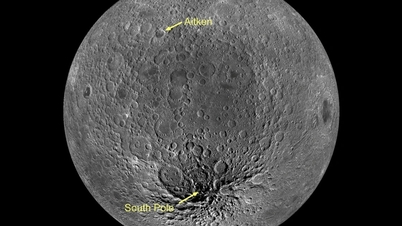

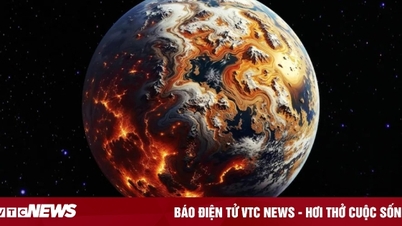


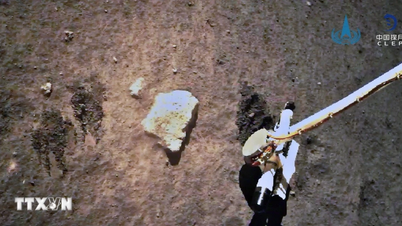


























![[Video] Hue Monuments reopen to welcome visitors](https://vphoto.vietnam.vn/thumb/402x226/vietnam/resource/IMAGE/2025/11/05/1762301089171_dung01-05-43-09still013-jpg.webp)





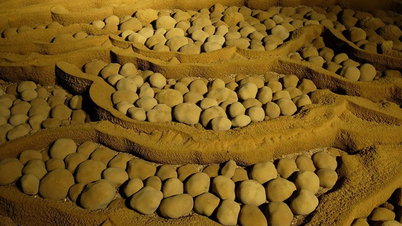
































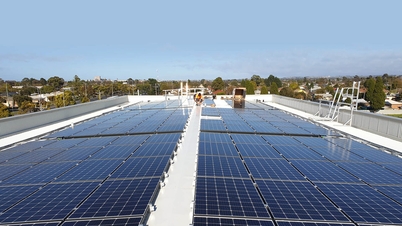































Comment (0)